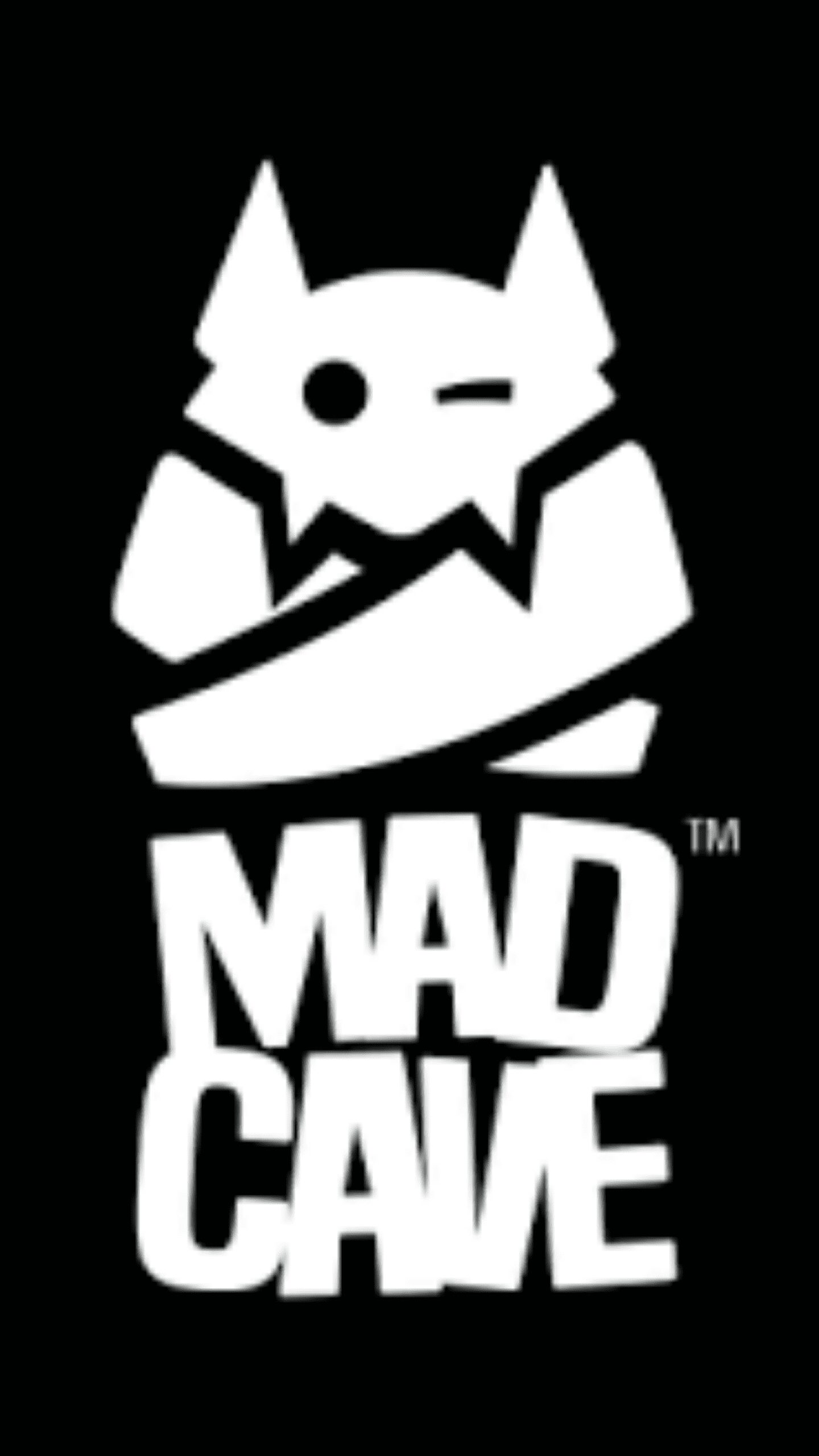Story by: Matt Hawkins
Art by: Raffaele Ienco
Lettering by: Troy Peteri
In the first issue of Symmetry, we were introduced to a utopian futuristic society where artificial intelligence is in control. The story follows Michael as he discovers that life is not as perfect as it seems when a solar flare wipes out society’s Responsive Artificial Intelligence Network Archetypes (RAINA). We learn that to create peace and equality, society has been stripped of all diversity.
This issue dives a bit deeper into Michael’s world. After finding Maricela at the end of last issue, he learns that there are other races and ethnicities in the world. (We also discover that Michael’s commentary on each page is meant for his and Maricela’s child. It reminds me a bit of Brian K. Vaughan’s Saga in this way.) Maricela speaks Spanish, a language Michael has never heard before. Races have been segregated from each other and inhabit their own communities—Michael is a member of The White.
 Elsewhere, chaos is breaking loose as people come to terms with real emotions. To prevent violence, AI suppressed people’s emotions with medication in their food. As people become unstable, they are unable to deal with conflict or handle disagreements. Michael notes: “Hungry, cold, angry, confused, neglected, tired, and scared. I’ll never forget that first night. Seven things I’d never felt before.”
Elsewhere, chaos is breaking loose as people come to terms with real emotions. To prevent violence, AI suppressed people’s emotions with medication in their food. As people become unstable, they are unable to deal with conflict or handle disagreements. Michael notes: “Hungry, cold, angry, confused, neglected, tired, and scared. I’ll never forget that first night. Seven things I’d never felt before.”
Like the first issue, the variety writer Matt Hawkins brings to each page (with Michael’s narration, characters’ dialogue, and the robots’ commands) really is a nice touch. He does a good job of dropping readers right in the middle of the disorder without making it feel overwhelming. Instead of leading readers to believe that the society is perfect, we’re immediately confronted with a dystopia, which makes the story all the more engaging.
Raffaele Ienco’s artwork excels again in this issue. The double two-page spread depicting a fight scene with Pacifiers, the Daft Punk–esque robots, is one of the best sequences. It perfectly captures the struggle that both sides of the fight face as society realizes its symmetry is broken. Ienco is able to show that, even without facial expressions, the Pacifiers are clearly concerned, as they fight to keep people from attacking them and each other in order to maintain peace. The artwork is incredibly detailed and elaborate, making the characters feel real. Perhaps this is intentional as the comic does confront real issues—our reliance on technology and racial injustice.
 Ienco’s alternate cover demonstrates the chaos that occurs when diversity is forbidden. In the image, Michael and Maricela stare away from each other while a robot stands like a guard in front of them. Scorched skeletons are sprawled out behind them, perhaps symbolizing the death and destruction occurring on account of the utopia’s destruction. (The primary cover also portrays the robots guarding the humans, perhaps distancing them from the real world they’ve fought to destroy.)
Ienco’s alternate cover demonstrates the chaos that occurs when diversity is forbidden. In the image, Michael and Maricela stare away from each other while a robot stands like a guard in front of them. Scorched skeletons are sprawled out behind them, perhaps symbolizing the death and destruction occurring on account of the utopia’s destruction. (The primary cover also portrays the robots guarding the humans, perhaps distancing them from the real world they’ve fought to destroy.)
Hawkins has truly created something special here, but it won’t be for everyone. He exposes real issues our society faces in a practical and intriguing way. Showing the nature side of the nature versus nurture debate, he reveals the impact culture and environment truly have on a person when nature (genes and emotions) is completely taken out of the equation. Slowly, the comic is divulging the misconceptions and stereotypes surrounding each community, or race, which our society faces as well. As SOL (System Optimizer for Longevity) notes to the elders, “I’d recommend asking the Asians or Africans for assistance” in regard to wanting “human instruments” to keep people “separate but equal.” As Michael states, “Animals kill to eat and protect their young. They have that freedom. That makes animals dangerous. But not as dangerous as man.”
Matt Hawkins and Raffaele Ienco continue to engage readers in this second issue. As more details are revealed, the storyline becomes even more fascinating. Hawkins has created an exposé of our society’s flaws in an intriguing and creative way. It’ll be interesting to see where the story goes as characters become more developed.


